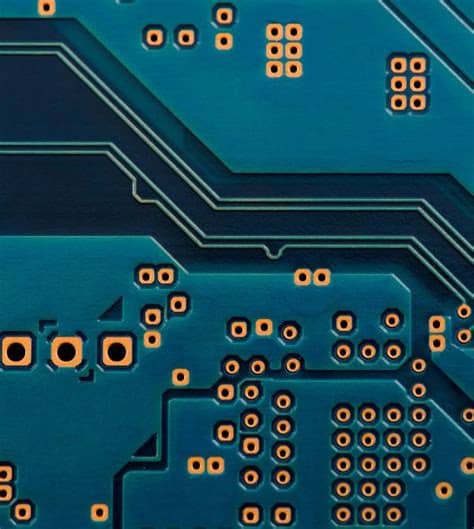
What is a via hole in a PCB?
Table of Contents Introduction to PCB via holes Types of PCB Via Holes Through Hole Vias Blind Vias Buried Vias Microvia Functions of PCB Via[…]
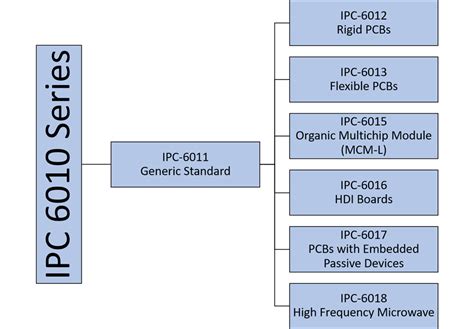
IPC-A-600 Acceptability of Printed Boards: Classes
Introduction to IPC-A-600 Standards The IPC-A-600 standard, developed by the Association Connecting Electronics Industries (IPC), is a widely recognized and accepted set of guidelines for[…]
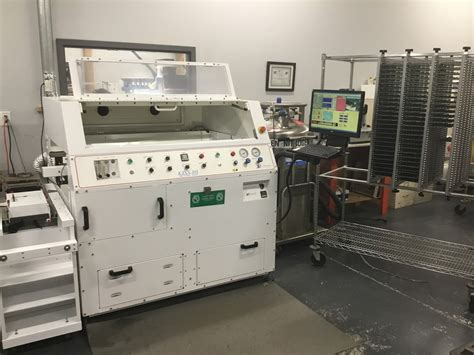
Selective Soldering
What is Selective Soldering? Selective soldering is an automated process that uses a targeted approach to solder specific through-hole components onto a PCB, while leaving[…]

What is the function of Pre-heater
How does a Pre-heater work? Pre-heaters work by utilizing the heat from exhaust gases or other heat sources to raise the temperature of the incoming[…]
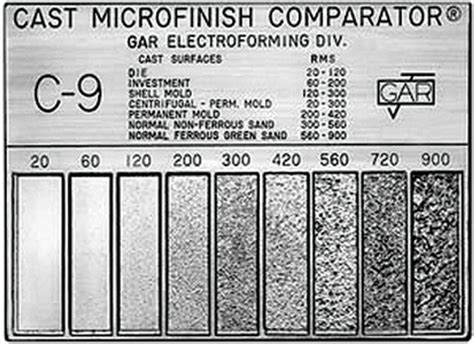
Selecting the Right Surface Finish for Your PCB
Introduction When designing and manufacturing printed circuit boards (PCBs), selecting the appropriate Surface Finish is crucial for ensuring the reliability, functionality, and longevity of the[…]
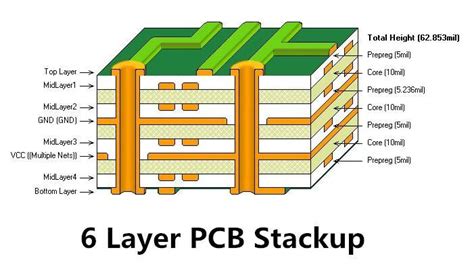
What are mechanical layers in PCB?
Overview of PCB Layer Stackup A typical PCB consists of multiple layers laminated together: Layer Description Solder Mask (top) Insulating layer that protects copper traces[…]
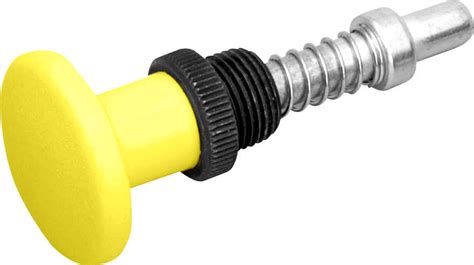
What is Spring-loaded Pins
Introduction to Spring-loaded Pins Spring-loaded pins, also known as spring pins or spring-loaded contacts, are versatile mechanical components that are widely used in various industries[…]
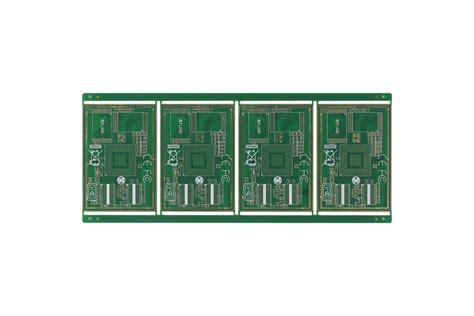
Castellations on a PCB
What are PCB Castellations? PCB castellations are a type of edge connector consisting of plated semi-circular cut-outs or tabs along the edge of a printed[…]
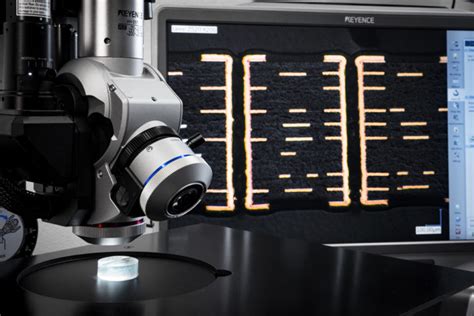
What is Via Filling?
Why is Via Filling Important? Via filling plays a crucial role in the functionality and reliability of PCBs. Here are some key reasons why via[…]
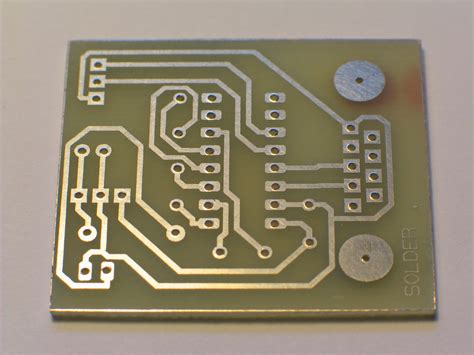
What is a PCB or Printed Circuit Board?
History of PCBs The concept of printed circuits dates back to the early 20th century. In 1903, Albert Hanson, a German inventor, filed a patent[…]